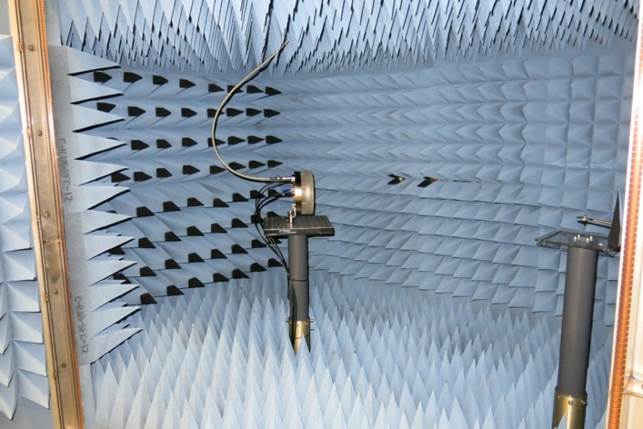Gary Guethlein (14-ERD-058)
Abstract
We plan to develop a high-power microwave system—a superluminal radiating system—combining advances in modern laser systems, high-gradient vacuum insulators, and modern photocathodes to provide a highly directional, short-pulse electromagnetic radiation source of extreme power. Our goal is to be able to project large power densities to great distances. In this project, we will validate the theory of operation, determine the engineering limits to its performance, evaluate a proprietary cathode technology that appears uniquely suited for this application, determine if the unique characteristics of this high-power system can produce measurable effects on electronic circuits, and evaluate the propagation characteristics of the generated radiation through the atmosphere.
In this project, we will investigate a novel photocathode for potential use in an advanced-concept, high-power microwave generator. The characteristics of this cathode will be determined to assess its suitability for use. Effects on electronic circuits of interest under a variety of different pulse formats will be evaluated experimentally. The atmospheric propagation of the radiation produced will also be calculated. In the modeling effort, we plan to demonstrate a computational capability to predict the performance of the radiators and determine the propagation characteristics of such pulses in the atmosphere, including breakdown thresholds, dispersion, scattering, and absorption.
Mission Relevance
This concept, if successful, could serve as a compact radio-frequency generator, which is important for the Laboratory's strategic focus area of cyber security, space, and intelligence. If it can successfully operate in the short-pulse regime, a high-power microwave system could become a powerful tabletop source of sub-terahertz radiation for a variety of scientific studies and imaging, supporting the core competency in lasers and optical science and technology.
FY15 Accomplishments and Results
In FY15 we (1) performed experiments with legacy tubes at pulsed voltages up to 30 kV with pulse widths of 1 to 2 ps, much shorter than the pulse width tested in FY14 (150 ps); (2) measured clear radio-frequency signals at similar levels as those obtained with the longer-pulse laser; and (3) iterated a design for a transmission photocathode. Previously, all tubes tested were reflection photocathodes.






